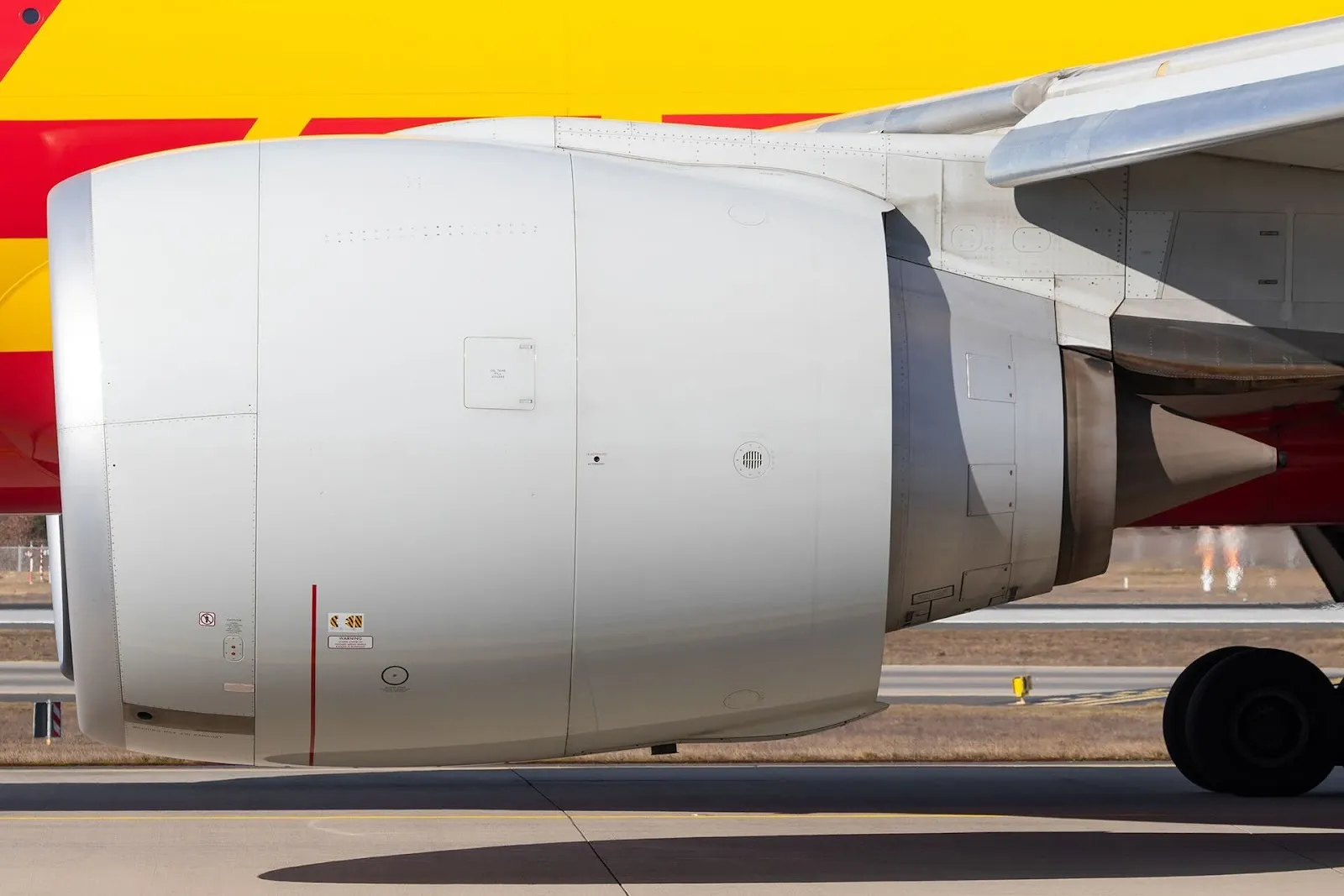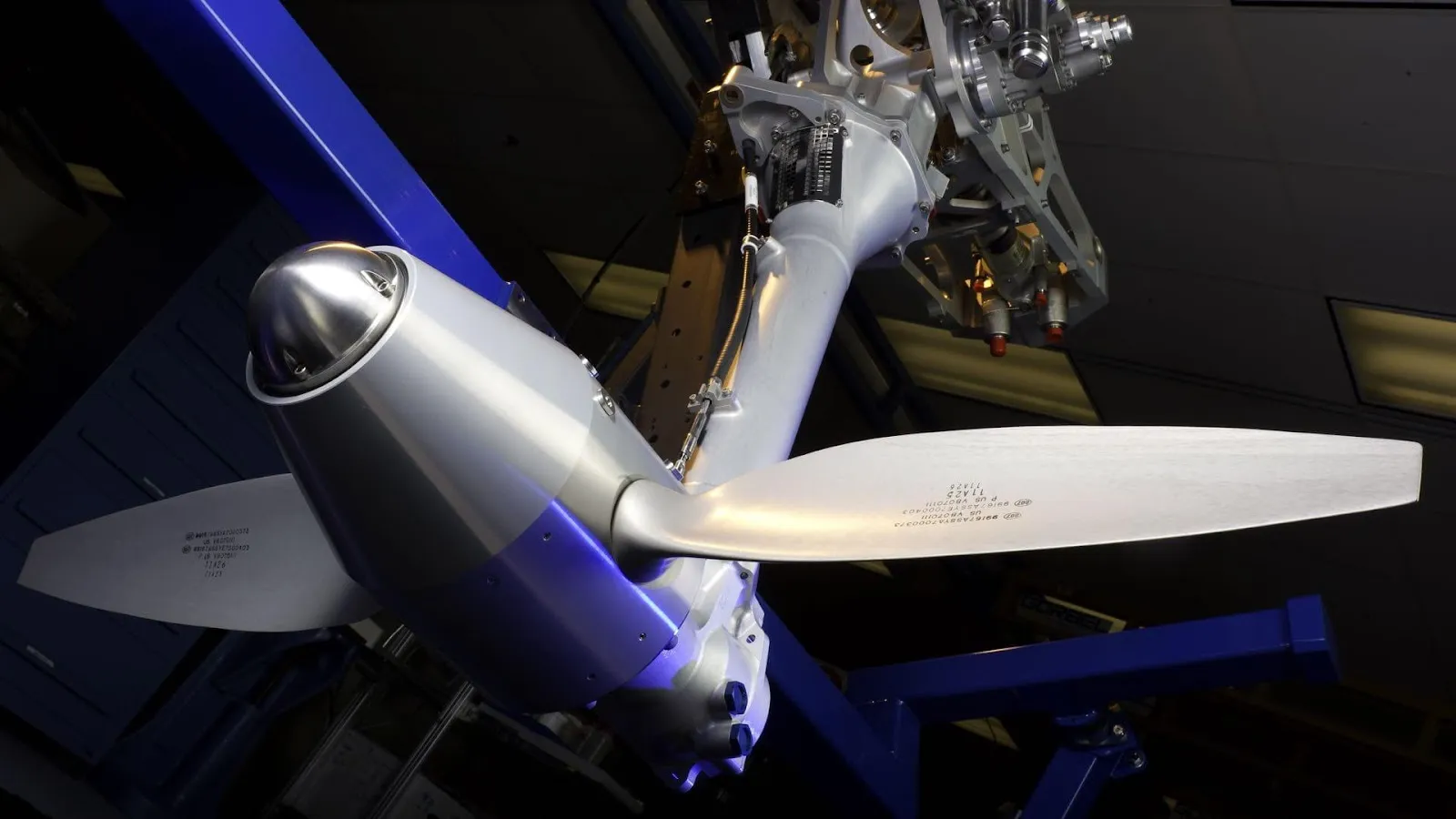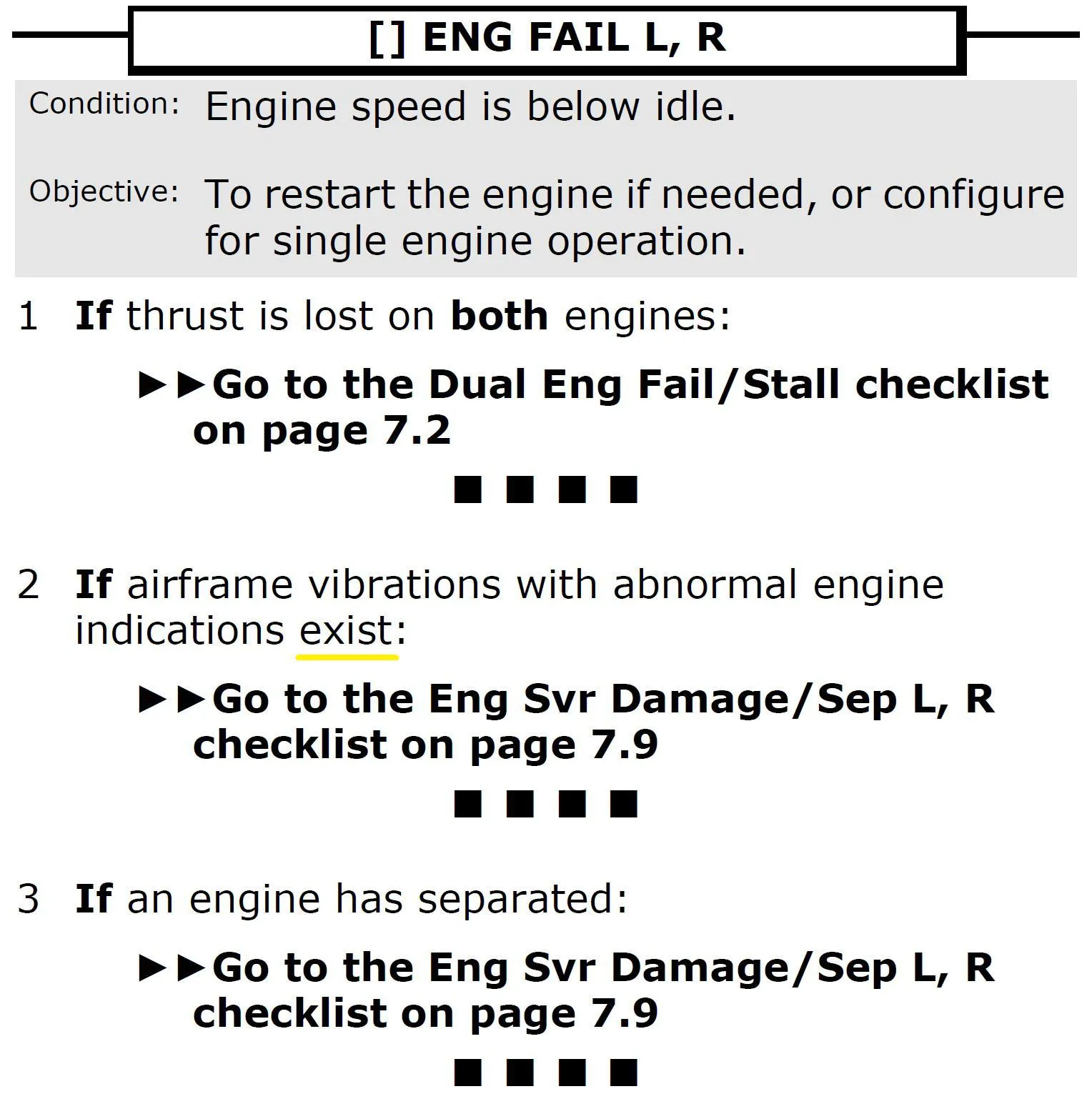DALLAS — Commercial aircraft are aerodynamically engineered to be able to glide even if both engines fail mid-air. It is not a design defect, but a natural feature of modern airliners resulting from their wing design.
Cruising at an average altitude of 36,000 feet, a jet can glide about 60 miles. This estimate is based on the assumption of an average lift-to-drag ratio of 10:1, where the aircraft loses 1 mile in height for every 10 miles of forward travel.
Thrust from the engines is primarily used to maintain altitude and climb airspeed. On descent, engines are typically idling, and the aircraft glides. Thus, in a double engine failure, while power and thrust are gone, the aircraft simply descends, losing altitude but continuing forward motion.
This typically gives the crew 20 to 30 minutes to assess the situation, attempt to restart the engines, or identify a suitable location for an emergency landing.
The key here is to maintain sufficient airspeed to avoid stalling. All pilots are trained for situations where both engines fail, and properly established procedures are followed to glide as safely as possible, and attempt a potential restart.

Emergency Power Systems Overview
Dual-engine failure results in the loss of engine-driven generators if primary electric power is lost. There are several redundant systems on modern jetliners to provide critical electrical and hydraulic power:
• Battery Buses: Provide direct power to critical instruments, displays, and ignition systems. Batteries have a lifespan of 10–30 minutes, depending on load.
• RAT (Ram Air Turbine): A small wind-powered turbine generator that sticks out into the airflow during loss of both engines. It drives hydraulic systems and critical avionics until or if engine or APU power returns.
• APU (Auxiliary Power Unit): A small turbine engine in the tail section of the aircraft that is capable of providing electrical and pneumatic power. In most cases, the APU can be started in flight (below a certain altitude) to aid engine restarts
The Role of Emergency Power Units
An Emergency Power Unit (EPU) is a self-contained auxiliary power source in an aircraft, designed to power essential systems in the event of a complete power loss. It consists of a generator, battery, and monitoring equipment.
Engine-driven generators provide all power during normal flight operations. However, if these are lost, the EPU provides electrical power continuity to critical systems such as flight controls, instruments, and emergency lights.
The EPU is isolated from the primary power system to protect it against internal faults. It is essential to operate it independently to ensure control during emergencies. In commercial aircraft, the EPU supplies equipment required for flight safety and emergency evacuation processes, such as lighting and slide deployment.
Understanding the RAT
The Ram Air Turbine (RAT) is a vital backup system used in emergencies. It is automatically or manually deployed in the event of a total loss of AC power and utilizes the airstream to generate power.
The RAT provides power to the necessary systems, including hydraulics, communications, and navigation. Some RATs can generate hydraulic power that drives an electric generator. Though limited in output, the RAT provides the power needed to operate and fly the aircraft safely.
During the period between generator failure and RAT deployment, battery buses provide power to essential instruments. After RAT deployment, flight-critical operations can be sustained until the reintroduction of more powerful power sources, such as the APU or engine restart.

Dual Engine Failure Scenarios: Real-World Cases
A complete loss of thrust from both engines is sporadic, but there is a history that shows it can and has happened. When such an incident occurs, routine checklists and emergency procedures stand between life and death.
US Airways Flight 1549 lost both engines when it suffered a bird strike just after takeoff. With no altitude to land and restart engines or return to an airport, the pilots glided the aircraft to a water landing on the Hudson River. RAT and battery power-maintained flight controls and instruments operational. All on board the 155 survived.
Air Transat Flight 236 suffered a dual-engine failure over the Atlantic due to a fuel leak. The A330 glided for about 65 nautical miles before successfully landing in the Azores. The RAT and battery systems played a crucial role in maintaining aircraft control during descent.
Air India Flight 171 was a Boeing 787-8 that experienced a mysterious double-engine failure. There could have been several reasons why a modern jetliner’s engines simply shut down after taking off. Too early to comment on why it happened, but it did happen.
The Reality of a Complete Power Loss
In the event of a total power loss, the Quick Reference Handbook (QRH) practice drills are designed to enable a quick and successful re-ignition of the engines. Most of the training exercises simulate at least one engine being restarted mid-flight to facilitate a single-engine recovery. But when both engines are damaged and cannot be restarted, the flight crew has very little to work with.
All non-normal checks that are applicable are assumed to be completed, and the APU is started and on Bus 2, with standard gear extension but alternate flap operation. After gear extension, the crew connects the APU to Bus 1, which enables normal flap selection.
Boeing's philosophy suggests that the most likely reasons for dual engine failure are fuel contamination and management, volcanic ash, or ingestion of hail or rain. A quick restart is possible if procedures are completed promptly. Thus, the checklist aims to expedite the recovery of electrical and pressurization sources.
Waiting for the aircraft to be inside the In-Flight Start Envelope will forfeit the ability to utilize residual engine RPM. Responding quickly and effectively offers the best chance of success in recovery.
Engine Restart Challenges and Procedures
It is not always possible to restart engines in flight. Engines retain residual heat at high power and high altitudes, which can result in compressor stalls or hot starts. In such situations, having at least one of the Fuel Control switches at CUT OFF facilitates clearing the condition and reducing EGT. Cycling the switches to RUN again allows the engine logic to reset.
It must be repeated if EGT rises rapidly without accompanying rises in RPM. During a stalled start, EGT rises with constant RPM. Restart is improved if initiated immediately following flameout, taking advantage of the available rotor speed.

The engine start envelope in flight offers airspeed-altitude combinations best for restarts. Restarting at or above 30,000 feet may require descending to acquire fuel pressure and airflow. Crews must use checklists to determine whether a windmill or starter-assisted restart is to be performed.
With the first engine restarted, the ENGINE FAILURE/SHUTDOWN checklist is followed. In case there is no fire or damage, the second engine will be started by the ENGINE INFLIGHT START checklist.
Training and Checklist Logic
Pilots train regularly for such emergencies in flight simulators. Training involves detecting dual engine failure, gliding the aircraft, initiating the restart procedure, utilizing the APU and RAT, and controlling aircraft systems via battery buses.
Flight crews are to be proactive, using high airspeeds and low altitudes when the situation warrants. Progression involves re-establishing systems and thrust before critical descent altitudes.
Prepared for the Unthinkable
Luckily, a complete loss of thrust on both engines remains extremely rare. But history has demonstrated that it can and will occur again. That is why aircraft have redundant backup systems and pilots undergo intensive training.
When everything else fails, the redundant systems, such as the RAT, battery buses, APU, and EPUs, get the aircraft airborne. With proper crew training and strong systems, dual engine failure is not the end of the road. It marks the beginning of a well-practiced emergency procedure, one that can lead to survival and even a successful landing, as demonstrated in many real-life situations.




